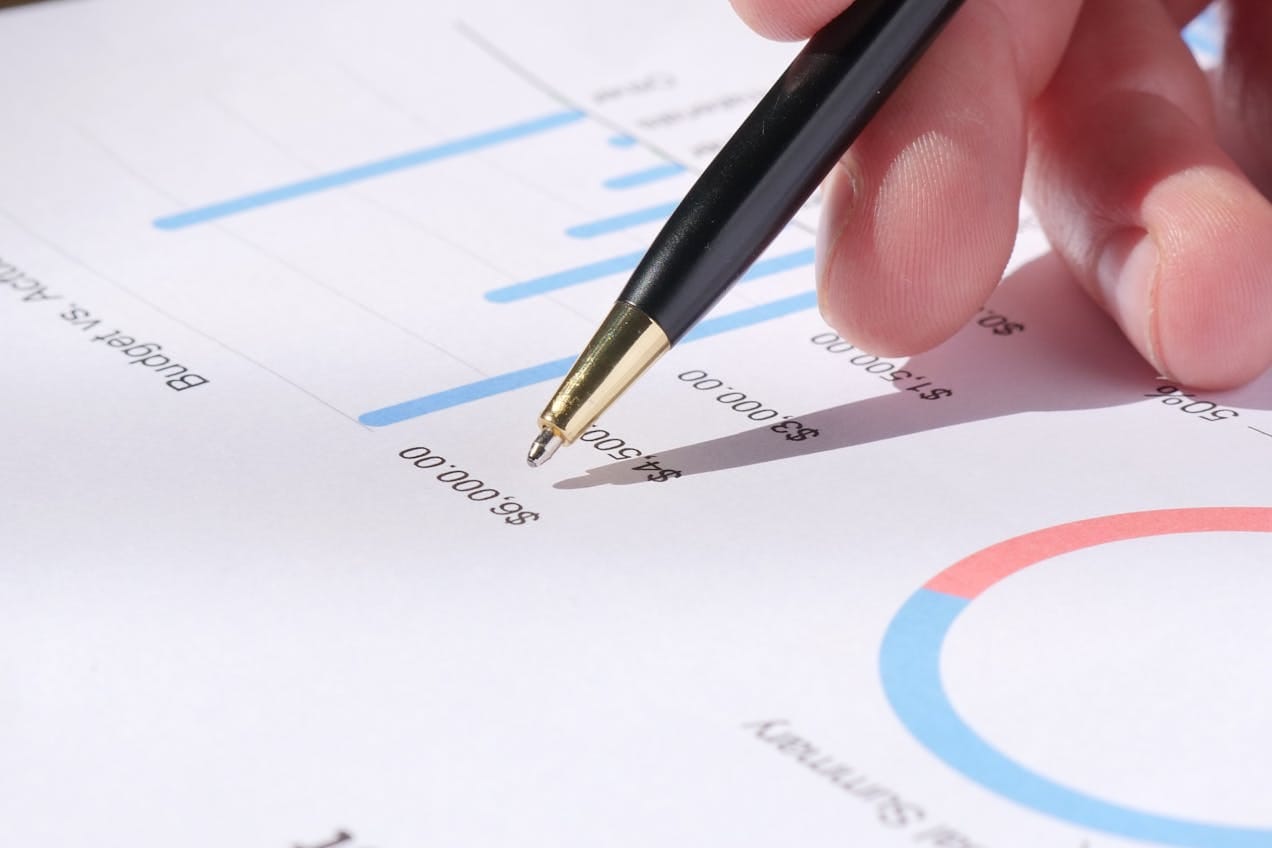
Introduction
Running a handmade product store on Shopify in 2025? You’re not just an artist you’re a business owner. That means tax deadlines, deduction rules, and compliance headaches.
The good news? With the right tax strategy, you can legally lower your taxes, boost profits, and stay audit-proof. Whether you sell candles, artwork, handmade soap, or jewelry, this blog is your 2025 tax survival guide.
IRS Tax Code References
- IRC §162 – Business deductions for ordinary and necessary expenses
- IRC §263A – Rules for inventory and production costs
- IRC §6050W – Reporting of third-party payment transactions via 1099-K
- IRC §6001 – Recordkeeping requirements
Relevant IRS Forms
- Schedule C (Form 1040) – Report business income and expenses
- Form 1099-K – Received from Shopify if annual payments exceed $600
- Form 4562 – Used to depreciate large equipment (e.g., kilns, printers)
- Form 1040-ES – Estimated tax payments for profitable businesses
Example: A Handmade Candle Business Filing 2025 Taxes
Example: Jenna runs a Shopify store selling soy candles. In 2024:
- Revenue: $78,000 | Net profit: $52,000
- Purchased a $2,800 wax melter
- Paid $120/month for Shopify, Canva Pro, and Klaviyo
- Used QuickBooks for bookkeeping
Tax Treatment:
- Deducted all subscriptions and tools under IRC §162
- Capitalized inventory supplies and packaging under IRC §263A
- Depreciated wax melter using Form 4562
- Filed estimated taxes using Form 1040-ES
2025 Tax Tips to Keep More of Your Profits
- Don’t Miss Inventory-Related Deductions
Include product packaging, labels, and materials in your COGS under IRC §263A. These are only deductible when the item is sold. - Deduct Online Tools and Subscriptions
Shopify, Klaviyo, Canva, Adobe, Zoom, and even AI design tools qualify under IRC §162. - Track Every Transaction Digitally
Use QuickBooks or Wave to organize income, expenses, inventory, and sales tax. Back up with digital invoices. - File Quarterly Estimated Taxes
If you expect to owe over $1,000 in tax, pay quarterly using Form 1040-ES to avoid penalties. - Separate Business and Personal Expenses
Have a dedicated business bank account. The IRS frowns on mixed-use accounts during audits. - Depreciate Expensive Tools
Equipment over $2,500 (e.g., kilns, heat presses) can’t be deducted fully upfront. Use Form 4562 for multi-year depreciation. - Save 20% With Qualified Business Income Deduction (QBID)
If you’re a sole proprietor, you may qualify for the 20% pass-through deduction on net income. - Know Your State Sales Tax Obligations
Selling into multiple states? Use TaxJar or Shopify’s tax engine to track nexus and stay compliant. - Keep Receipts for Product Development
Expenses for testing, prototyping, and failed product lines are deductible under R&D-related business expenses. - Claim Home Office Deduction If Eligible
If you use a part of your home exclusively and regularly for your handmade business, you may deduct a portion of rent, utilities, and internet.
Conclusion
Handmade business owners are often overpaying taxes just because they don’t know what to deduct or how to plan. With Shopify’s rising popularity, the IRS is watching closely in 2025.
Smart handmade sellers use digital systems, track everything, and follow IRS codes like pros. Don’t let creativity be your only strength let tax savings fuel your growth.
Call to Action
Tired of tax surprises or unsure what you can legally deduct as a handmade business owner?
Book a strategy session with Anshul Goyal, CPA, EA, FCA
Anshul helps Shopify artisans:
- Maximize legal deductions
- Track inventory and income correctly
- File accurate returns using Schedule C and 1099-K
- Avoid IRS red flags with clean books
- Set up quarterly tax payments to stay penalty-free
Secure your tax-smart growth now:
https://calendly.com/anshulcpa/
About Our CPA
Anshul Goyal, CPA, EA, FCA
Anshul brings 15+ years of U.S. and international tax experience. He specializes in helping online sellers, foreign founders, and U.S. residents with IRS and multi-state compliance. Known for his deep knowledge in Shopify and Amazon seller tax strategy, Anshul has helped hundreds of entrepreneurs minimize taxes and scale legally.
Disclaimer
This blog is for informational purposes only and does not constitute legal or tax advice. Please consult a qualified tax professional regarding your individual tax situation.
Top 5 High-Searched FAQs for 2025
1. What can handmade Shopify sellers deduct?
Business software, materials, packaging, marketing, and tools over $2,500 (via depreciation).
2. Do I report income if I didn’t receive a 1099-K?
Yes. All business income must be reported regardless of the form received.
3. Can I deduct failed product ideas?
Yes, as long as you document the R&D and show business intent.
4. Am I required to pay estimated taxes as a Shopify seller?
Yes, if your tax due exceeds $1,000 for the year.
5. Do I qualify for the 20% QBID deduction?
Most likely, if you’re a sole proprietor with net business income.
